Most Common Infectious Diseases in the U.S.


Chlamydia
This sexually transmitted disease affects men and women. Most people who have it have mild symptoms or none at all, but you may have discharge or pain when you pee. Your doctor can diagnose it with a urine test or genital swab. It is routinely checked during a PAP smear. Though antibiotics can cure it easily, this “silent” infection speaks loudly if it goes untreated. Complications include pelvic inflammatory disease (PID) in women and prostate gland infections in men.
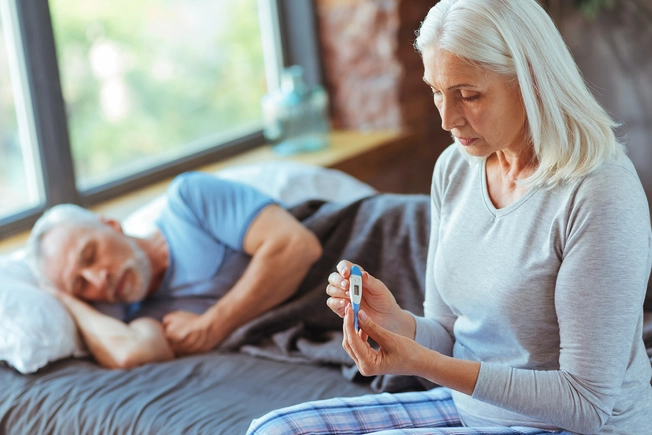
Influenza A and B
Sudden fever and chills, muscle aches, headache, tiredness, sore throat, congestion. If you have these, you likely have the flu. Between 3% and 11% of people in the U.S. get it each year. It usually clears up within 2 weeks, but you may be tired for a while. For small children, the elderly, and those with weak immune systems, it can be dangerous and even deadly. If you’re at risk for complications or very sick, your doctor may give you antiviral medicine. The best way to keep from getting it is to get a flu shot every year.
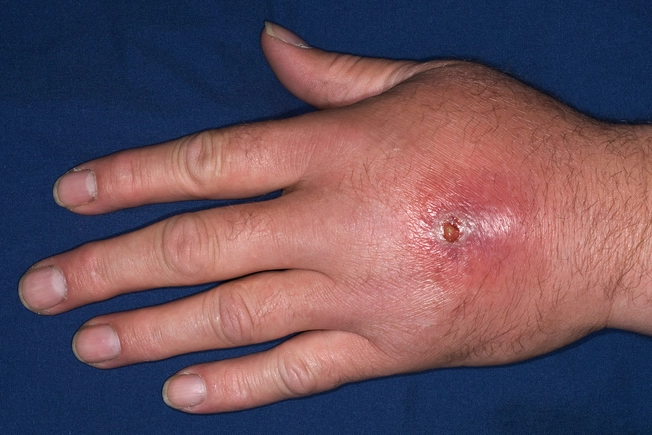
Staph
There are more than 30 kinds of staph bacteria. Staphylococcus aureus is the most common one. They often live on your skin and sometimes in the lining of your nose. But they can get into your body through a cut or sore. This can cause an infection that can be serious or life-threatening. You can treat most staph infections with antibiotics. Methicillin-resistant Staphylococcus aureus (MRSA) doesn’t respond to penicillin-based drugs. It must be treated with different types of antibiotics.
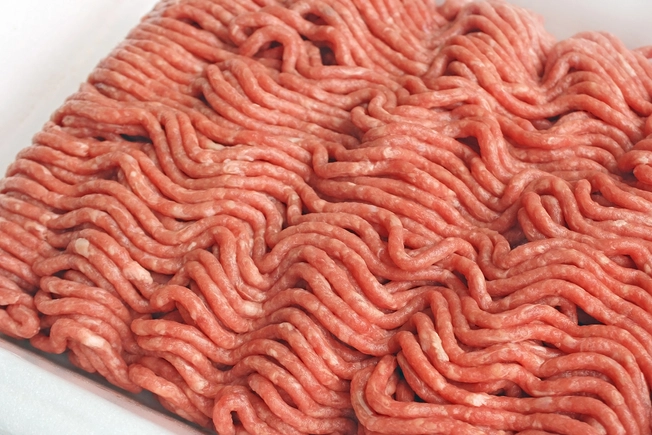
E. Coli
Most strains of the Escherichia coli (E. coli) bacteria are harmless. They live in your gut and help you digest your food. Some can cause belly pain, vomiting, and diarrhea that can be bloody. Others can cause urinary tract infections. The usual cause is eating contaminated raw vegetables or undercooked meat, especially ground beef. The illness usually starts 1 to 10 days after you’ve had contact with the bacteria. You’ll most likely get better on your own in about a week.
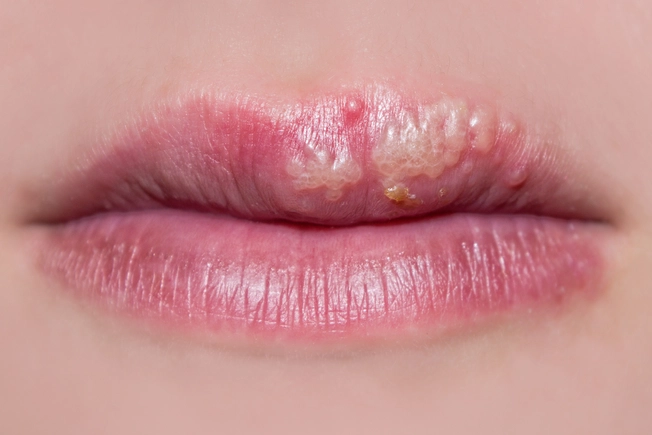
Herpes Simplex 1
Herpes simplex 1 (HSV-1) causes most oral herpes, also called fever blisters or cold sores. It’s so common that more than 50% of U.S. adults get it, usually through mouth-to-mouth contact. You can’t cure it. Once you have the infection, it stays in a reservoir in your nerve endings and can reoccur throughout your life. Over-the-counter medication relieves symptoms and can shorten healing time of outbreaks. Though herpes simplex 2 (HSV-2) is the more common cause of genital herpes, you can spread HSV-1 to genital areas through oral sex.
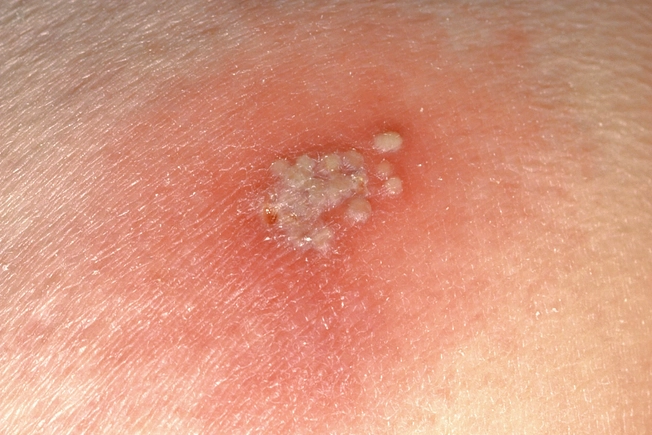
Herpes Simplex 2
Herpes simplex 2 (HSV-2) causes most genital herpes, but HSV-1 type can cause it, too. If you have it, you may have a rash or blisters that can ooze or bleed. But most people have either mild symptoms or none at all. But you can still pass it to a partner without knowing you have it. This is partly why it’s so common: More than 1 in 6 people ages 14-49 have it. There’s no cure, but medicine can prevent or shorten outbreaks and lessen the chances that you’ll give it to a partner.

Shigellosis
Anyone can get it, but it most often affects young children. It spreads through contact with contaminated water or food or with an infected person’s poop. Because of this, it can happen in daycare centers or public swimming pools. It can cause fever, stomach pain, or diarrhea that can sometimes be bloody -- or there can be no symptoms at all. It often goes away without medication, but the diarrhea can cause dehydration.
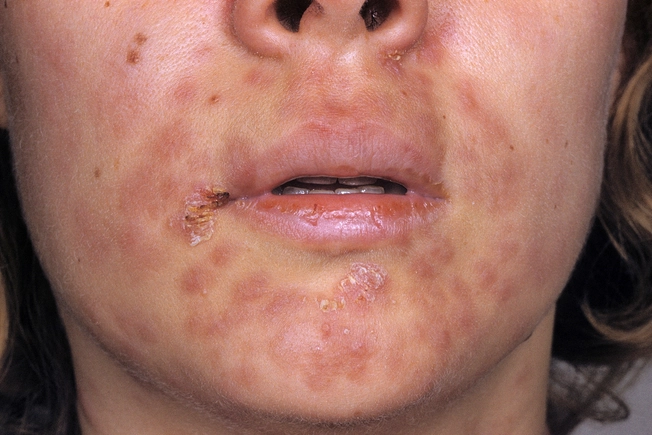
Syphilis
Syphilis starts as a sore on your genitals, rectum, or mouth. You can treat it quickly with penicillin. If you don’t take care of it, it can progress through phases that range from a full body rash to brain damage. A mother can pass it to their baby through pregnancy or childbirth.
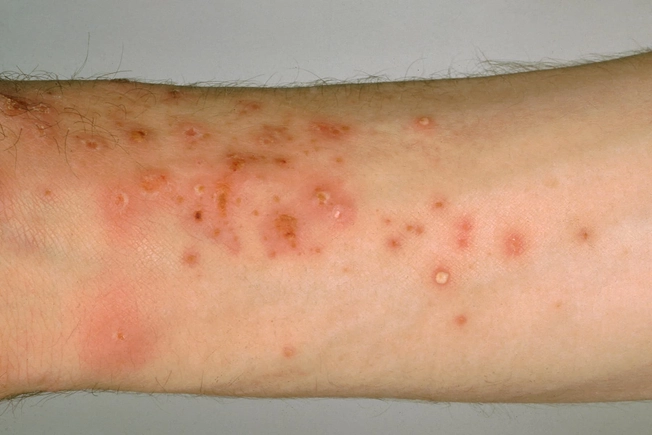
Gonorrhea
Gonorrhea spreads through unprotected vaginal, oral, or anal sex. Common symptoms include discharge from the vagina or penis. It may also hurt when you pee. Women may have pain in their pelvis or belly. You might also have discharge from your eyes or rectum. Your joints could swell and hurt. But you may not notice any symptoms. Antibiotics keep it from leading to infertility and an increased risk of HIV.
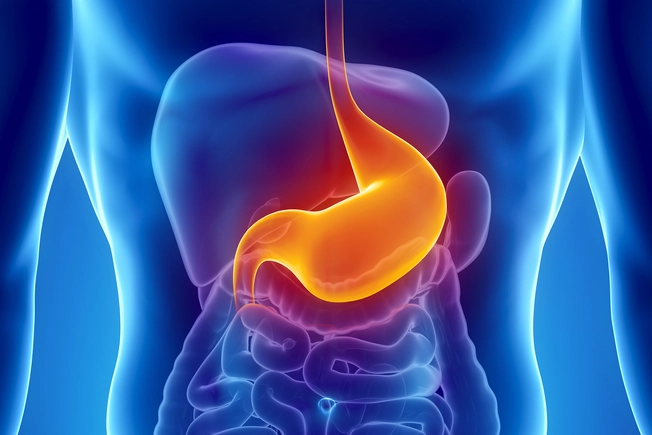
Norovirus
There are several causes of food poisoning or “stomach flu.” Norovirus is a major one. It’s highly contagious. It often spreads through contaminated food, water, surfaces, or objects. You can also get it if you’re in close contact with someone who has it. It causes gastroenteritis, or inflammation of the stomach and intestines. This brings on symptoms like diarrhea, vomiting, and belly pain. There’s no treatment, but it usually works its way out of your system after a few days. Try to replace the fluids you lose to prevent dehydration.

Salmonella
If you eat raw or undercooked meat, poultry, eggs, or egg products, you’re at risk for a salmonella infection. You may not have symptoms, but if you do, they’ll feel like the stomach flu. Drink as much water as you can: Diarrhea and vomiting can dehydrate you. This infection often passes before your test results come back.
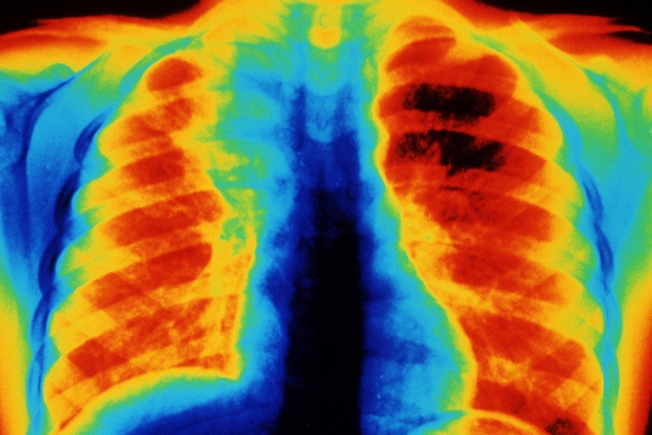
Pneumonia
Your lungs contain hundreds of millions of tiny air sacs called alveoli. Bacteria, viruses, and fungi can cause an infection that inflames these sacs so that they fill with fluid or pus. This can be mild or serious. If you’re elderly, a child, or have a weak immune system, it can be life-threatening. You can have trouble breathing, chest pain, tiredness, and a bad cough. You can treat it with medicine. The tired feeling may last for a long time after you have it.
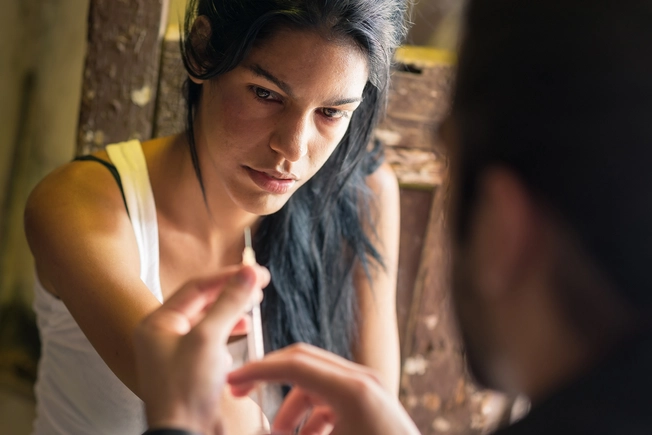
Hepatitis C
Hepatitis is an inflammation of your liver due to a virus. Most new infections in the U.S. are from type C. You get this type from contact with infected blood, such as with used drug or tattoo needles. Symptoms include weight loss, fever, tiredness, belly pain, nausea, and jaundice (yellowing of the skin and eyes). But almost half of those who have it don’t know it. Antiviral drugs will stop it, but without treatment, it can lead to liver failure, liver cancer, and in some cases, death. It is recommended anyone over 18 beroutining screened at least once since it is often silent. It is now curable in the vast majority of cases.

HIV
HIV attacks cells that help your body fight infection. This makes it hard to resist other infections and diseases. You spread it through unprotected sex or contact with infected blood. It can also pass from mother to child during pregnancy or childbirth. There’s no cure, but you can live a healthy life with it through antiretroviral therapy (ART). If you don’t treat it, late-stage HIV can turn into AIDS.
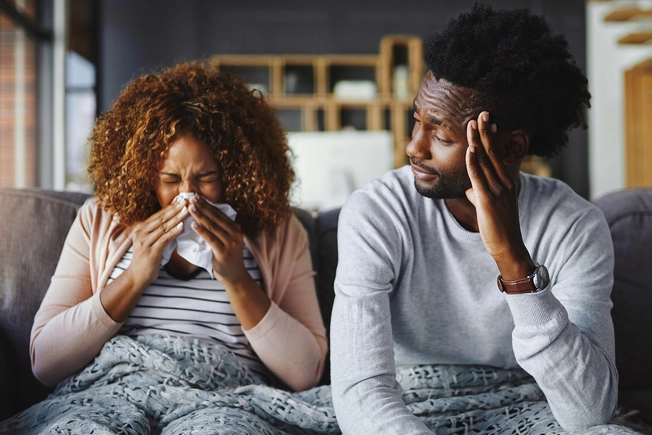
Common Cold
The common cold sounds minor, but it may not feel that way. This viral infection of your nose and throat can cause a runny or stuffy nose, cough, congestion, and that general run-down feeling. The virus can live in the air and get in your body through your mouth, eyes, or nose. Hand-to-hand contact is another way it spreads. It can also live on objects like doorknobs and toys. You can treat your symptoms, but there’s no cure. Just rest, drink fluids, and wash your hands to keep it from spreading to others.